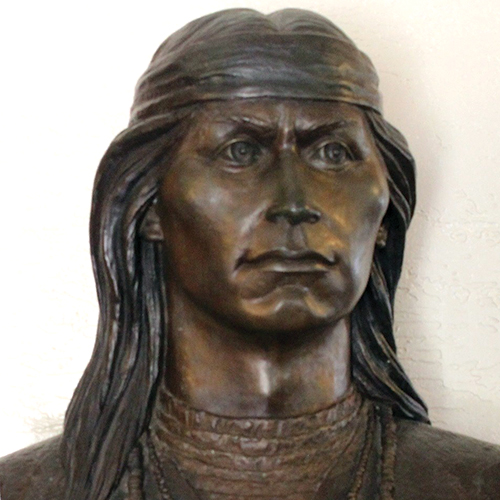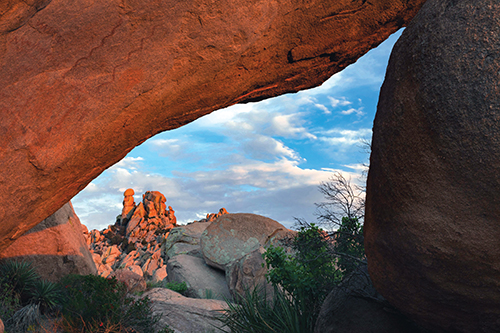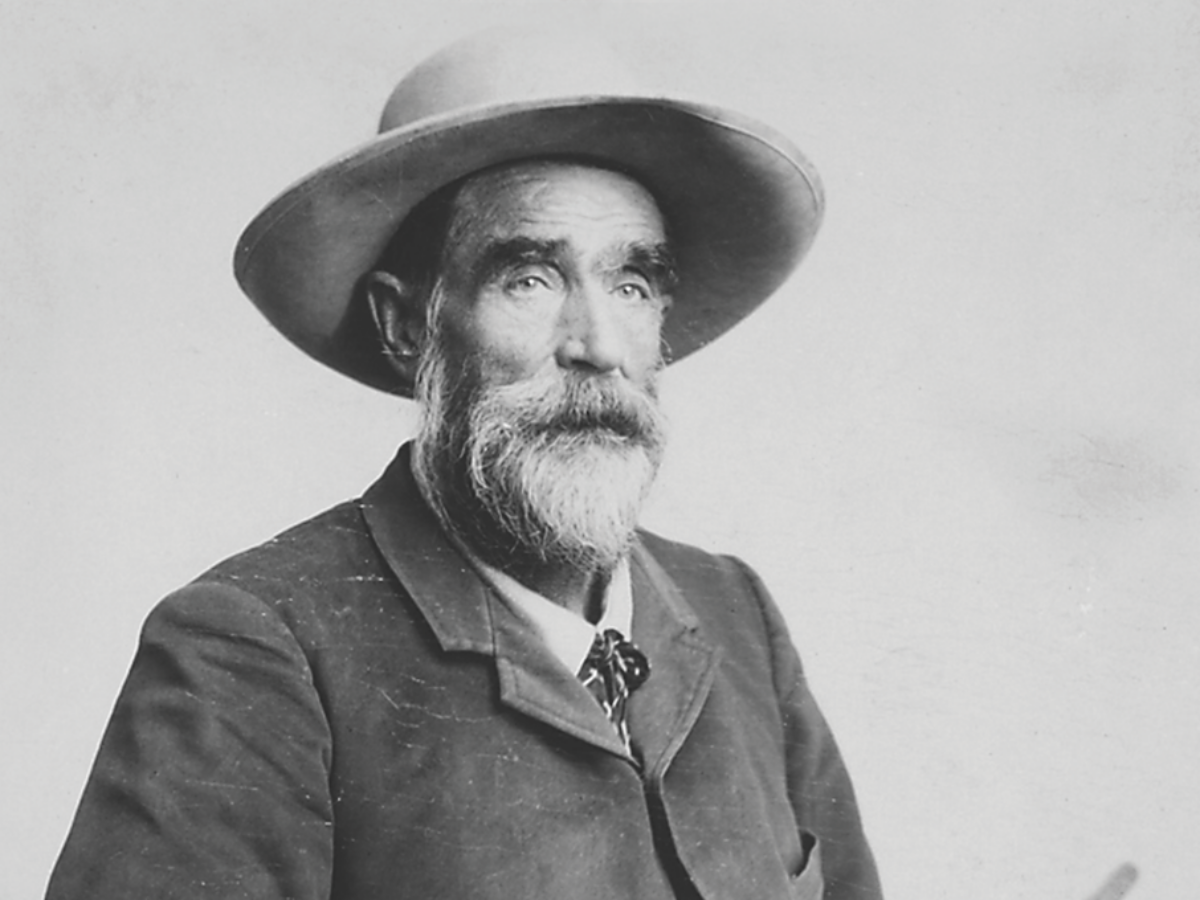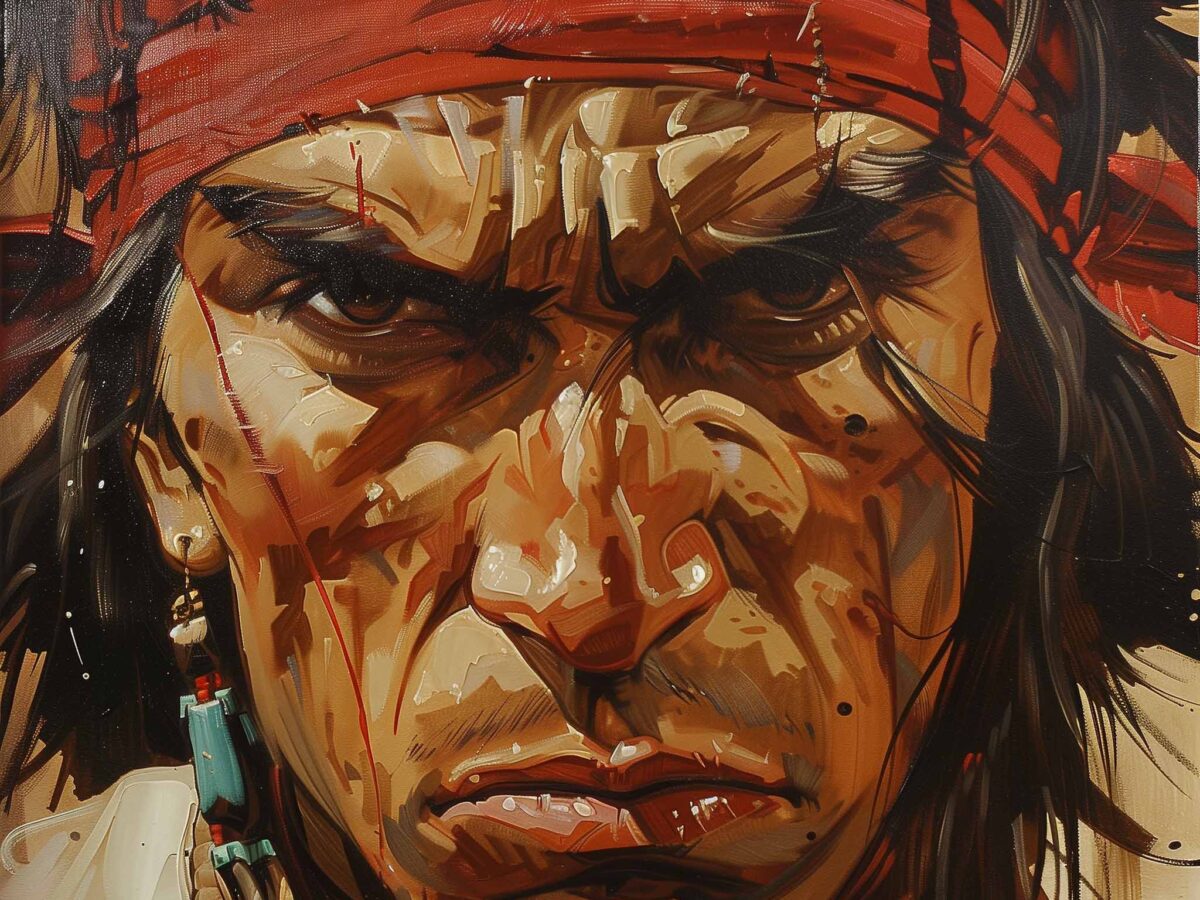No figure offered more violent or effective resistance to white settlement of Arizona Territory than Chiricahua Apache Chief Cochise. Yet on March 27, 1873, there he was, riding into Fort Bowie with several of his children, including sons Taza and Naiche, two of his wives and 20 warriors. The chief was paying a social call to a military post built expressly to break his people’s grip on their beloved homeland.
Recommended for you
It was a remarkable event, and it wouldn’t be the only time. Between that day and his death 15 months later, Cochise would visit Bowie about six times, each trip providing historians with clues to this dominant yet elusive figure for whom no documented photograph exists.
What did he look like? How did he act? How did he respond to soldiers and civilians? Several of those present penned recollections that answer those questions and raise another even more intriguing: Could the great chief have been a fan of that most American of games: baseball?
Cochise treated like celebrity
The March 1873 visit to Bowie was Cochise’s first appearance in Apache Pass since the so-called Bascom Affair a dozen years earlier. That infantry mission, intended to recover a kidnapped white boy, went disastrously wrong. It resulted in the execution of the chief’s brother and two nephews and touched off Cochise’s brutal 11-year war of revenge.
The war ended when General Oliver O. Howard negotiated peace in October 1872, and Cochise’s first visit to Bowie came five months later. Edwin Sweeney, author of the highly regarded biography Cochise: Chiricahua Apache Chief (1991), suggests the chief’s motives extended beyond trading at the sutler’s store. “He wanted to assure everybody his intentions in the treaty were good,” says Sweeney. “By that time, he definitely saw the handwriting on the wall. And even though there was still controversy with his people raiding into Mexico, I don’t think Cochise had any intention of ever going to war with Americans again.”
Before Cochise could dismount, recalled eyewitness Captain Joseph Haskell, up strode Merejilda Grijalva, whom the Apaches had taken captive as a boy. Now an Army scout, Grijalva offered the chief his hand in greeting. “But Cochise told him he would not shake hands with him until he whipped him,” wrote Haskell in the April 23, 1873, Army Navy Journal. “So he got down off from his horse and struck him two or three times with his whip, and then they had a friendly embrace and commenced to talk over old times.”
Cochise met most of the officers “very cordially,” even hugging Captain Samuel Sumner, the commanding officer. The Apache chief was in turn treated like a celebrity at the sutler’s store, operated by Tucson businessman Sidney DeLong. “The ladies of the garrison all went down to the store and shook hands with him,” Haskell wrote. DeLong wanted Cochise to sit by himself to eat. But when the chief entered the dining area, all the Apaches followed. Haskell gave a lively description of the meal:
“Four of them got seats at the table, the others stood behind the chairs and helped themselves, one with a spoon, another with a fork, another with a knife, some using their own hunting knives, while those who could do no better either borrowed [knives] or used their fingers.
“Sometimes three were dipping their spoons into the same plate of soup; again, one was using the potato spoon, eating directly from the main supply. Another was helping himself to steak with his fingers, and so it went. They all seemed to get plenty and grunted their satisfaction.”
After dinner, Haskell recalled, there was no end to the Apaches’ begging. “About 20 packs of cards were given to them,” he wrote, “besides quantities of tobacco, cigarettes, sugar, flour, beef, tin dippers, camp kettles, etc.”
About 3 p.m. Cochise and his people departed, “shaking hands all around and giving his usual grunt of approbation for the pleasant time he had.”
‘His Royal Highness’
In his story, Haskell referred to Cochise as “his royal highness,” a sign, Sweeney suggests, of the great deference showed him by the other Apaches, whom he ruled with complete authority. “He was no ordinary Apache,” says Sweeney. “Cochise carried himself with such dignity.”
Another memoirist, Al Williamson, a teenage clerk at DeLong’s store, recalled Cochise bringing in a beautiful elk skin to sell. The boy offered him $10, and Cochise accepted. The chief then handed $5 back so Williamson could buy a woolen shirt.
Williamson described Cochise as tall and straight, with long hair bound with a folded red-flannel band, but without feathers. He had a Roman nose and was unsmiling, severe and grave in aspect.
In spite of this aloofness, Cochise often joined Bowie’s officers at DeLong’s for a drink. The chief drank a lot, evidently enjoying the spirits and the company. The picture hardly seems possible: former blood enemies sitting at the same table, sharing whiskey and shooting the breeze.
But the Apaches hadn’t completely changed their ways. Their cross-border raids into Mexico brought much plunder to DeLong’s trading counter.
“I bought from one Indian a silver-mounted ivory-handled pistol that he told me he had killed a Mexican officer in order to get it,” Williamson wrote. “I saw seven Indians ride up to the store one day on seven Mexican ponies with silver-mounted bridles and saddles. I asked them where they got them, and they said, ‘Sonora.’ I have seen squaws come into the store with their babies dressed with undergarments trimmed with lace, all obtained in their raids.”
Williamson remembered several warriors led by Taza once riding up to the store, armed, in war paint and with eagle feathers in their hair. They had a mission: to capture the witch who had put a bad spell on Cochise.
The young clerk filled their request for tobacco and watched them ride off. But they soon returned, “gloriously drunk,” with Naiche asking for more. “I told him I had given the Indians several boxes and could not give them any more,” Williamson recalled. “He had a needle gun in his hand and stepped to the door and knocked an oyster can over at a distance of 300 yards. He came back and said, ‘Give me some tobacco.’ I gave it to him.”
Thanksgiving visit to fort Bowie
Cochise’s reported baseball connection dates from Thanksgiving Day 1873. The Army Navy Journal reported that troopers from Bowie played a noon game against their Camp Grant rivals, and the contest drew considerable interest. Those watching included three top officers, who took in “some really fine batting and fielding.” Although the story doesn’t mention Cochise among the cheering fans, he may well have been one of the officers’ guests.
The chief did make an appearance that evening at an officers’ dance. “The officers of the garrison, with their estimable ladies, graced the hall with their presence,” the Army Navy Journal reported, “and in the course of the evening, the noted Cachise [sic], with a couple of his warriors, looked in upon the ‘boys in blue.’”
Cochise died on June 8, 1874, but in his brief time at Bowie, he’d won the favor of those he met. Even DeLong, an early Indian hater and participant in the 1871 Camp Grant Massacre, came away liking the man most responsible for making life in early Arizona Territory such a bloody torment. The sutler’s obituary said the two actually became friends.
Originally published in the August 2009 issue of Wild West.
historynet magazines
Our 9 best-selling history titles feature in-depth storytelling and iconic imagery to engage and inform on the people, the wars, and the events that shaped America and the world.










